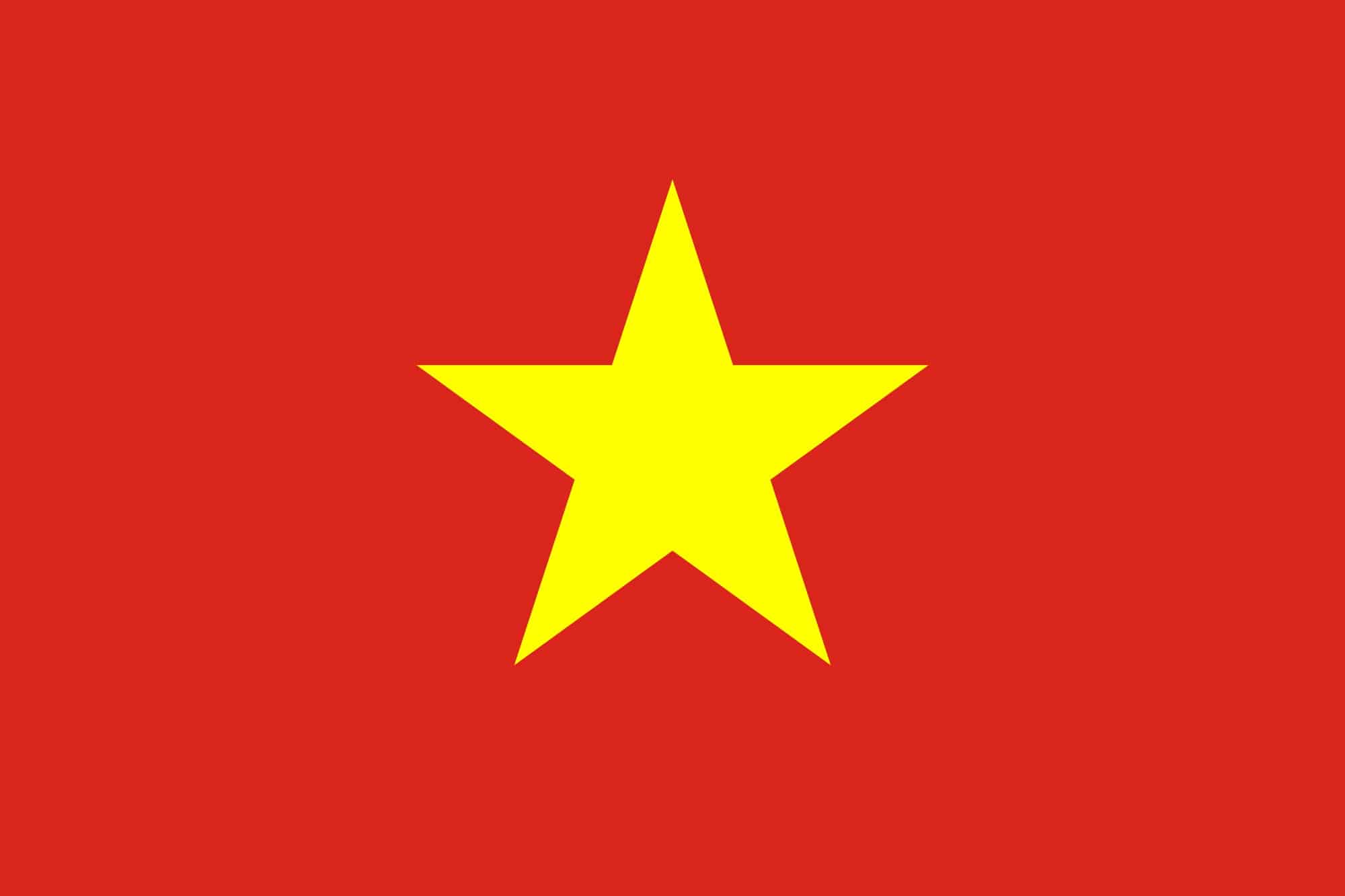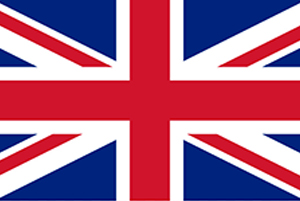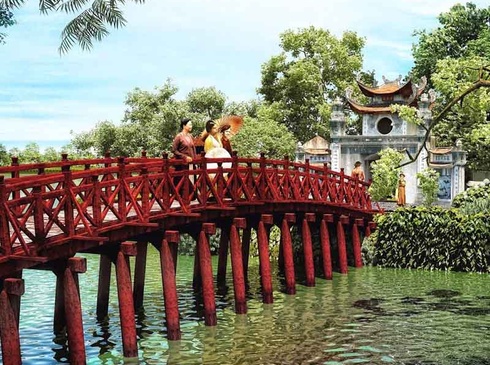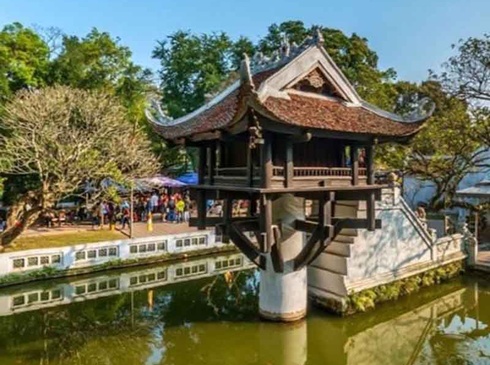Discovering the Hidden Beauty of The Con Dao Archipelago
Have you ever heard of the Con Dao archipelago? This hidden gem located in southern Vietnam is made up of 16 small and pristine islands. The archipelago is relatively unknown to many tourists, offering a chance to experience the tranquility and beauty of unspoiled nature. In this article, we’ll take a closer look at the Con Dao archipelago and explore why it's worth visiting.
.jpg)
Unsurprisingly, the Con Dao archipelago is popular for its beautiful beaches. With crystal-clear waters, white sandy shores, and a warm tropical climate, it's no wonder why many visitors can’t resist the temptation to indulge in the island's warm waters. Whether it's lounging, sunbathing, or engaging in water activities such as scuba diving, kayaking, or snorkeling, the Con Dao archipelago never disappoints.
Another fascinating aspect of the Con Dao archipelago is its wildlife. The archipelago is a vital conservation site for endangered sea turtles and tropical forests home to diverse species like macaques, flying squirrels, and fruit bats. Visitors can take guided nature tours and walks to learn more about the regions' rich biodiversity and conservation efforts.
For a slice of history and culture, a visit to the Con Dao prison should be on your itinerary. The prison played an integral role in the country's history, with locals identifying it as Vietnam's Alcatraz. It is a somber reminder of the colonial past as many political prisoners were interned, tortured, and executed during the French colonial occupation.
.jpg)
If you’re up for some adventure, then exploring the Con Dao islands along the coastline is a breathtaking experience. The islands are famous for their underwater landscapes, where a variety of exotic fish, corals, and sea creatures can be seen. With the help of a local guide or tour operator, visitors can take on various water activities while exploring the untouched coastlines.
Lastly, the food in Con Dao should not be missed. Thanks to its isolation from the mainland, seafood is abundant in the region. From fresh fish, squid to clams, and more, visitors can enjoy a freshly caught seafood feast that is sure to tantalize your taste buds.
Conclusion:
The Con Dao archipelago is a paradise waiting to be discovered. From its natural beauty, wildlife, history, and culture, it's no surprise that the islands are gaining popularity among tourists looking for off-the-beaten-path destinations. Whether it's a relaxing beach vacation or an exciting adventure exploring the region, the Con Dao archipelago offers something for everyone. So why not book your next vacation to Vietnam's hidden gem, and discover the island paradise that awaits you.







